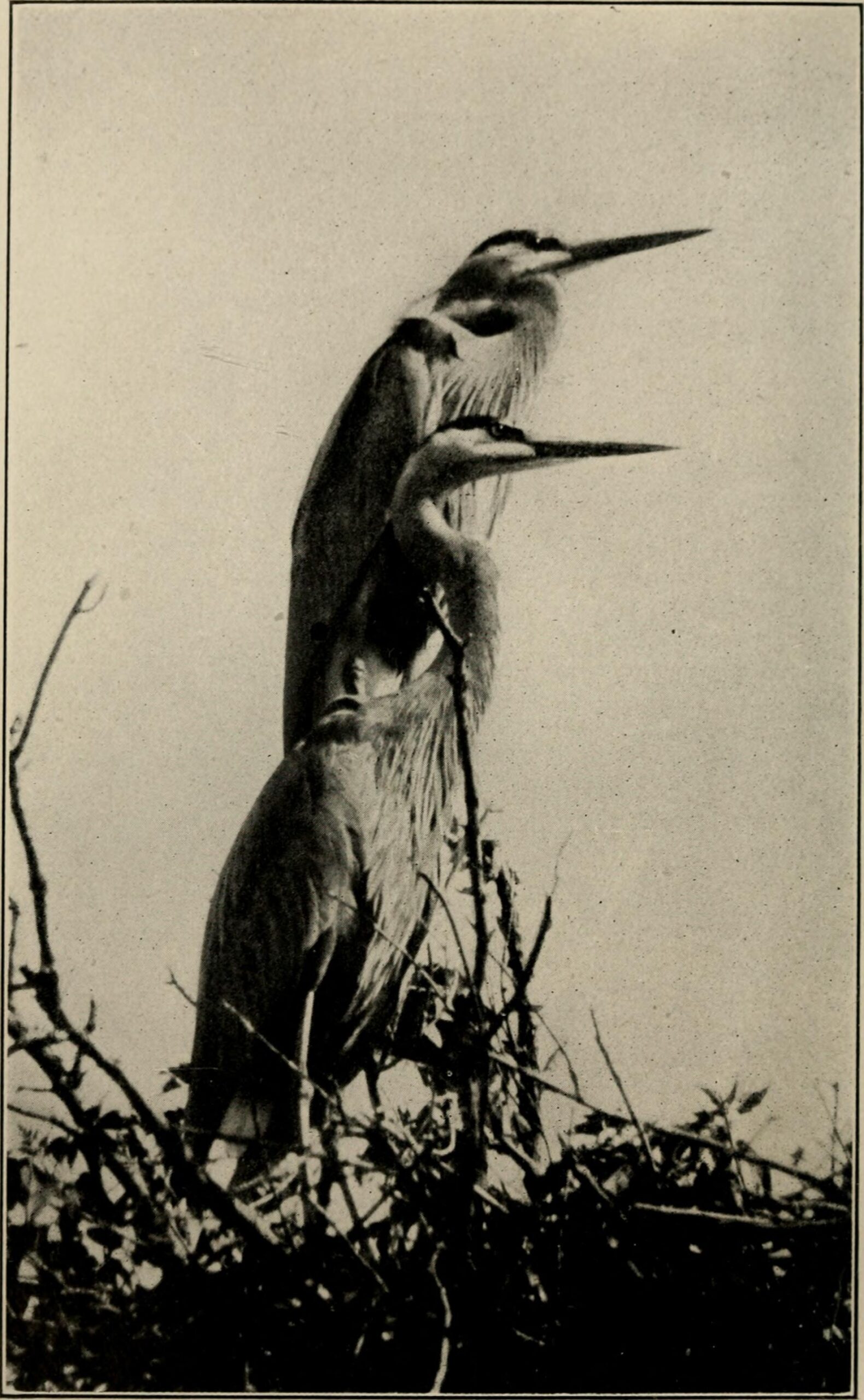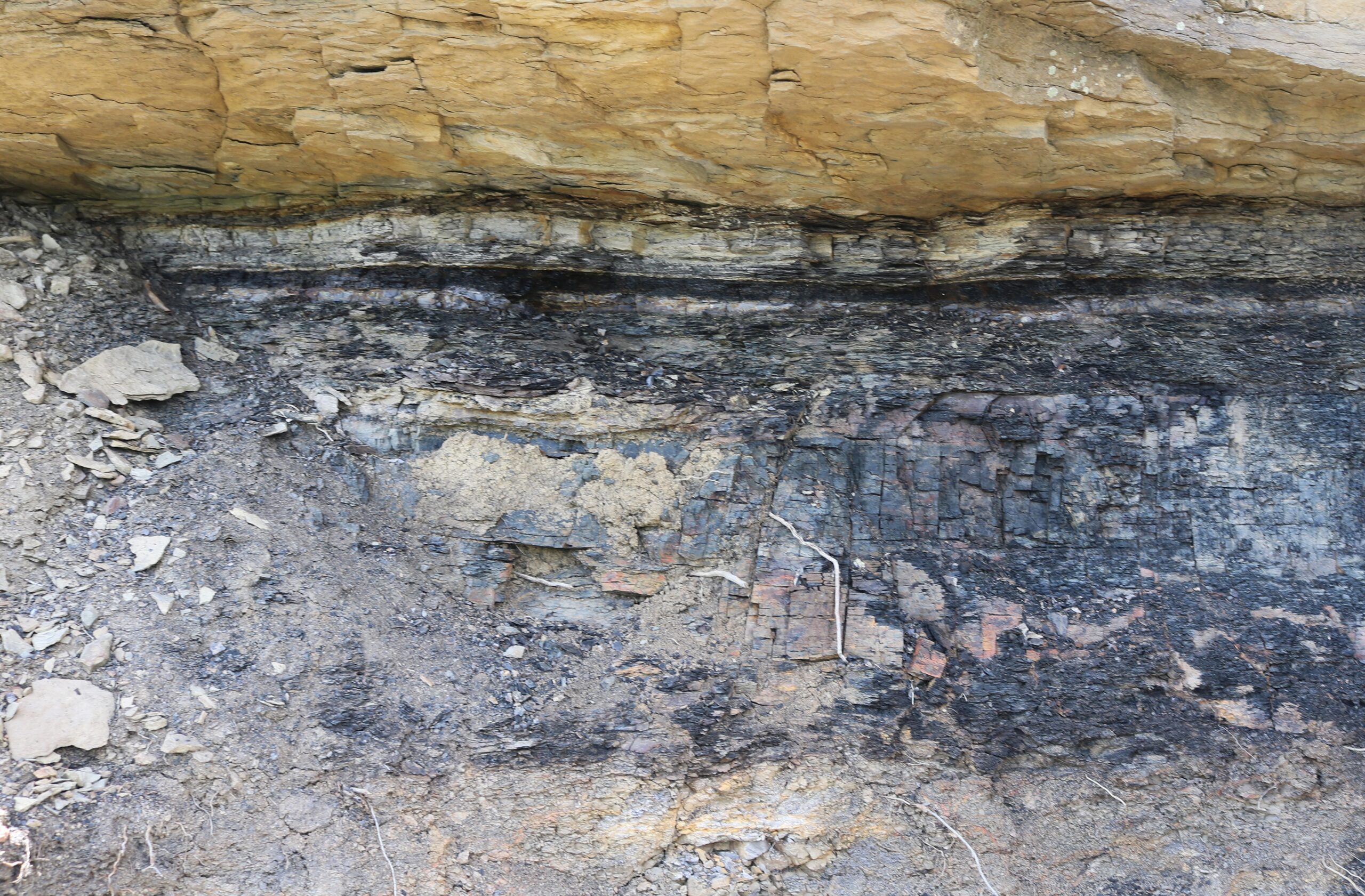The most successful animals in Earth’s history vanished in what seems like a geological instant. For over 165 million years, dinosaurs dominated every corner of our planet, from massive sauropods thundering across ancient plains to tiny feathered hunters darting through primordial forests. Yet 66 million years ago, roughly 75% of all species disappeared from the fossil record in one of the most dramatic extinction events ever recorded. What really happened during those final days when the age of dinosaurs came to its devastating end?
The Asteroid That Changed Everything
A space rock the size of Manhattan hurtled toward Earth at 45,000 miles per hour, carrying the destructive power of billions of nuclear bombs. When this 6-mile-wide asteroid slammed into the Yucatan Peninsula, it created the Chicxulub crater and unleashed forces beyond imagination. The impact was so violent that it literally punched a hole through Earth’s crust, sending molten rock and debris shooting into space.
Within seconds, the collision generated temperatures hot enough to vaporize rock and create a fireball that stretched across hundreds of miles. Massive tsunamis, some reaching heights of 1,000 feet, swept across continents and obliterated coastal ecosystems. The shockwave alone was powerful enough to trigger earthquakes and volcanic eruptions thousands of miles away from ground zero.
When Day Turned to Night
The asteroid impact hurled trillions of tons of pulverized rock, ash, and sulfur compounds into the atmosphere, creating a deadly shroud around the entire planet. This debris cloud blocked out the sun for months, plunging Earth into an eerie twilight that scientists call “impact winter.” Temperatures plummeted by as much as 50 degrees Fahrenheit in some regions, turning a warm, tropical world into a frozen wasteland.
Photosynthesis ground to a halt as plants withered and died in the perpetual darkness. The food chain collapsed from the bottom up, starving herbivorous dinosaurs first, then the carnivores that depended on them. Imagine trying to survive in a world where noon looked like midnight, and winter lasted for years instead of months.
The Acid Rain Apocalypse
As if eternal darkness wasn’t devastating enough, the impact also triggered one of the most corrosive environmental disasters in Earth’s history. The asteroid strike vaporized sulfur-rich rocks, creating massive clouds of sulfur dioxide that mixed with water vapor in the atmosphere. This toxic combination fell back to Earth as acid rain so potent it could dissolve bones and shells.
Marine ecosystems suffered catastrophic damage as ocean pH levels dropped dramatically, making it impossible for creatures with calcium carbonate shells to survive. Coral reefs, which had flourished for millions of years, dissolved completely in many areas. The acid rain also stripped leaves from surviving trees and contaminated freshwater sources, creating yet another barrier to survival.
Global Wildfires Rage Across Continents
The initial impact blast wave ignited wildfires that spread across entire continents within hours. Scientists have found layers of soot and charcoal in rock formations from this period, evidence of fires that burned simultaneously from North America to Asia. These weren’t ordinary forest fires – they were infernos hot enough to consume even wet vegetation and create their own weather patterns.
The smoke from these global wildfires added another layer of toxic particles to the already darkened atmosphere. Animals that might have survived the initial impact and cold found themselves choking on smoke and ash. The combination of fire, darkness, and acid rain created what researchers describe as the closest thing to hell on Earth.
The Dinosaur Species That Almost Made It

Not all dinosaurs died immediately – some species clung to life for weeks or even months after the impact. Smaller dinosaurs with lower metabolic rates had better chances of survival during the initial crisis. Duck-billed hadrosaurs, for instance, could digest tough plant material and might have survived longer on dead vegetation and roots.
Scavenging dinosaurs initially thrived on the abundance of carcasses, but their feast was short-lived. As decomposition set in and food sources dwindled, even these adaptable predators faced starvation. Fossil evidence suggests that some dinosaur populations struggled on for perhaps a year or two before finally succumbing to the harsh new world.
Why Birds Survived When Other Dinosaurs Didn’t

The ancestors of modern birds possessed several crucial advantages that helped them survive the extinction event. Their small size meant they needed less food to survive, and their ability to fly allowed them to escape local disasters and search for resources across vast distances. Many early birds also had powerful beaks capable of cracking seeds, giving them access to food sources that remained viable even after most plants died.
Some bird species could also enter a state called torpor, dramatically slowing their metabolism to conserve energy during food shortages. This biological superpower, combined with their feathered insulation, helped them survive the extreme cold of impact winter. Think of them as the ultimate survival specialists, equipped with nature’s best emergency toolkit.
The Mammals That Inherited the Earth
While dinosaurs dominated the landscape, early mammals had spent millions of years as small, nocturnal creatures living in the shadows. These humble beginnings actually prepared them perfectly for the post-impact world. Their small size, warm-blooded metabolism, and ability to shelter in burrows gave them crucial advantages during the darkest days.
Most surviving mammals were no larger than modern rats, but they possessed remarkable adaptability. They could eat almost anything – seeds, insects, roots, and carcasses – making them far less dependent on specific food sources than the massive dinosaurs. Their fur provided insulation against the cold, and their burrowing habits protected them from the worst environmental conditions.
Marine Reptiles Face Their Own Extinction
The oceans offered no refuge from the global catastrophe. Massive marine reptiles like plesiosaurs and mosasaurs, which had ruled the seas for millions of years, found their underwater kingdoms transformed into toxic wastelands. The collapse of marine food webs meant that even the ocean’s apex predators had nothing left to hunt.
Ammonites, spiral-shelled creatures that had survived multiple previous extinction events, finally met their match in the acidifying oceans. These magnificent creatures, some as large as truck tires, vanished completely from the fossil record. The only large marine animals to survive were those that could adapt to the new chemical reality of the seas.
Plant Life in the Age of Darkness
The plant kingdom faced perhaps the most immediate threat from the extinction event. Without sunlight, photosynthesis became impossible, and most flowering plants that had recently evolved withered and died. Forests that had stood for millions of years became graveyards of dead wood in a matter of months.
However, some plants had evolved remarkable survival strategies. Ferns and other spore-producing plants could remain dormant for extended periods, waiting for conditions to improve. Seeds buried in soil could survive the harsh conditions and germinate years later when sunlight finally returned. These botanical survivors would eventually repopulate the devastated landscape and provide the foundation for new ecosystems.
The Gradual Recovery Process
Earth’s recovery from the extinction event was neither quick nor uniform. It took roughly 10 million years for biodiversity to return to pre-impact levels, and the new world looked dramatically different from the one that had existed before. The first signs of recovery appeared in freshwater environments, where some fish and amphibian species had managed to survive in isolated pockets.
As the dust settled and sunlight gradually returned, hardy pioneer species began to colonize the barren landscape. These early colonizers were often small, fast-reproducing organisms that could quickly exploit available resources. The age of giants was over, replaced by a more diverse but smaller-scale ecosystem that would eventually give rise to the modern world.
Evidence Written in Stone

The story of the dinosaurs’ final days is preserved in a thin layer of rock found around the world, known as the K-Pg boundary. This geological marker contains unusually high levels of iridium, a rare element more common in asteroids than in Earth’s crust. It’s like nature’s own crime scene, preserving evidence of the cosmic impact that changed everything.
Scientists have also found tiny glass spherules in this layer – droplets of molten rock that were blasted into space and fell back to Earth like deadly rain. Shocked quartz crystals, which can only form under extreme pressure, provide additional proof of the violent impact. These microscopic clues tell a story more dramatic than any disaster movie ever imagined.
Alternative Theories and Volcanic Activity
While the asteroid impact was undoubtedly the primary cause of mass extinction, other factors may have contributed to the dinosaurs’ demise. Massive volcanic eruptions in what is now India, known as the Deccan Traps, were already pumping enormous amounts of carbon dioxide and sulfur compounds into the atmosphere. These eruptions had been ongoing for thousands of years before the asteroid impact, potentially weakening ecosystems and making them more vulnerable to the final blow.
Some scientists argue that dinosaurs were already in decline due to changing climates and sea levels. However, the fossil record suggests that dinosaur diversity remained relatively stable right up until the impact event. The volcanic activity may have been the opening act, but the asteroid was definitely the main event that brought the curtain down on the age of dinosaurs.
What This Means for Modern Extinction Concerns

The dinosaur extinction offers sobering lessons for our current environmental crisis. It demonstrates how rapidly a thriving global ecosystem can collapse when faced with sudden, dramatic changes. The interconnected nature of food webs means that the loss of key species can trigger cascading effects throughout entire ecosystems.
Modern human activities are changing Earth’s climate and chemistry at rates not seen since the age of dinosaurs. While we’re not facing an asteroid impact, we are conducting our own global experiment with atmospheric composition and biodiversity loss. The dinosaurs’ story reminds us that even the most successful species can vanish when their environment changes too quickly for adaptation to keep pace.
Understanding how life recovered from the greatest catastrophe in Earth’s history also provides hope for the future. The resilience of life, demonstrated by the survivors who eventually repopulated our planet, shows that even the darkest chapters can lead to new beginnings. The question remains: what will we learn from the dinosaurs’ final days, and how will we apply those lessons to safeguard our own future?



